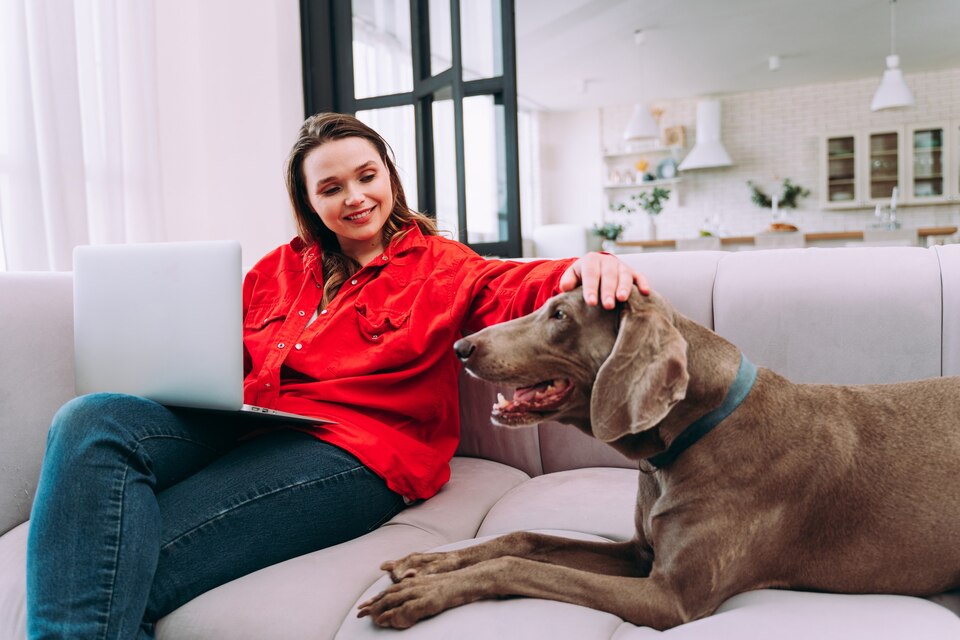How Long do great Danes live. Great Dane is a short name for an enormous German dog breed. Originally it was called ‘Deutsche Dogge’ in Germany, which means German mastiffs.
This dog has been brought to England in the 19th century and the rest of the English-speaking world got to know this breed as Great Danes.
How Long do great Danes live
Great Danes that stay in a puppyhood of 7 years growing quickly to reach the massive size they are known for when measured against other dogs of different breeds, have an average lifespan of anywhere between 8-10 years. This is true compared to small dogs who generally live twice as long, leading to much speculation that perhaps Great Danes are somehow cursed and destined to die younger because of how large they grow. Our veterinary advice suggests this is not so. In fact Great Danes don’t tend to live as long as their smaller counterparts – I suppose it could be considered an unfair set up all around! So overall this makes them an interesting paradox given their long lives would be expected from larger animals yet blessed with the gift of fewer total years roaming the earth…
The thinking man’s dog.
These were some of great Danes nicknames. Even if they lived long ago there are still plenty of stories about them told even today! But back to our topic
How long do they live?
Most breeders predict 10 to 12 years lifespan for Great Danes, but this number varies depending on the dog’s conditions. Great Danes need special care with food and can also suffer from most of the health problems that dogs have too. Here is a list of their most common diseases:
- Heart disease
- Gastric torsion
- Bone cancer
- Bloat or gastric dilatation volvulus
- Osteosarcoma
Subvalvular Aortic Stenosis And these are just some examples
But there are plenty more… So let’s talk about how to take good care of great Danes so they could live long enough! You should always buy high-quality food that is specially prepared for this dog breed.
Feed them as much as they can eat within 15 minutes, and give your pet fresh water every day. Also, don’t forget about the walks, as these dogs love to be outside and run around.
Dog is too fat or too skinny talk to a vet about it and he will help you with the feeding schedule and quantities of food! Great Danes also like to sleep and cuddle on their owner’s lap, so make sure you have enough time every day for playing with him/them. Look up some great Danes videos on youtube where they are just being cute 🙂
What are great Danes used for?
Great Danes were originally bred in Germany as hunting dogs or guard dogs. Today, they are most often used as family pets and therapy dogs. They are also known to be one of the best sniffer dogs!
How big do Great Danes become?
Giant breed males stand at least 30 inches at the shoulder but can grow up to 34 inches tall. Giant breed females grow up to 28 inches tall. Males weigh around 120lbs – 200 lbs and females weigh between 80-110 lbs.
Are Great Danes good family pets?
Some people may debate that only children under 10 should own a Great Dane, because they believe these gentle giants will knock over small children. With proper training and socialization, Great Danes can be wonderful family pets.
Do Great Danes need a lot of grooming?
Great Danes have short coats and only require an occasional brushing with a rubber brush to remove any loose hair or dirt. Be careful not to scratch their skin, however, as they can easily develop infections! 5. How much do Great Danes eat?
A giant breed such as the Great Dane needs up to three cups of high-quality dry dog food per day divided into two meals per day is recommended for adults dogs. Puppies should be fed three times a day until four months old then twice a day for older puppies and growing dogs.
What happens if you feed your Great Dane too much?
If you overfeed your Great Dane, their bodies will not be able to digest all that food. This can lead to diarrhea or bloat. Bloating is very serious and requires immediate veterinary assistance.
What are some of the health problems Great Danes have?
If not properly cared for, Great Danes are susceptible to hip dysplasia, gastric torsion (bloat), heart disease, subvalvular aortic stenosis, osteosarcoma, cataracts, entropion, ectropion, progressive retinal atrophy, cherry eye, and von Willebrand’s disease.
How much do Great Danes cost?
A well-bred Great Dane puppy will run you anywhere from $250 to $3000 . However, reputable breeders may be harder to find in some areas than others, so expect prices to vary depending on geographic location. 10. What are the different colors of Great Dane dogs?
There are six recognized colors for the Great Dane breed
black, blue, brindle, fawn, harlequin, and mantle. However, other color variations may occur due to outcrossing or poorly bred litters resulting in poor pigmentation which can result in colors such as chocolate, merle , white, etc… We hope this article has helped answer your most pressing questions about the Great Dane breed.
Article body: Many people really adore these dogs, and they often dream of owning a beautiful great dane someday. Such dogs are huge and very beautiful, but there is something they should know before getting such pets – their life expectancy is not so long as it seems to be at first sight.
